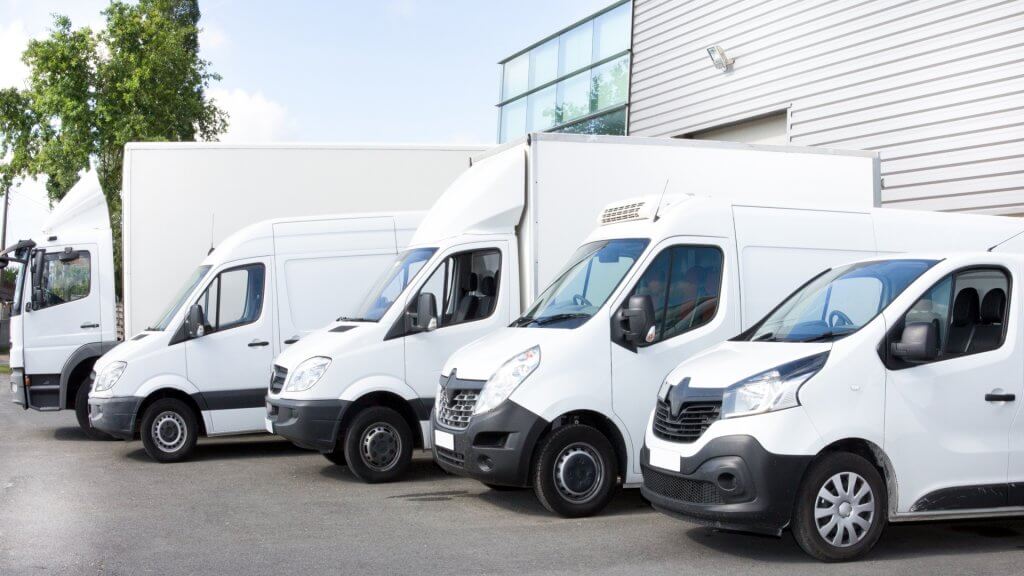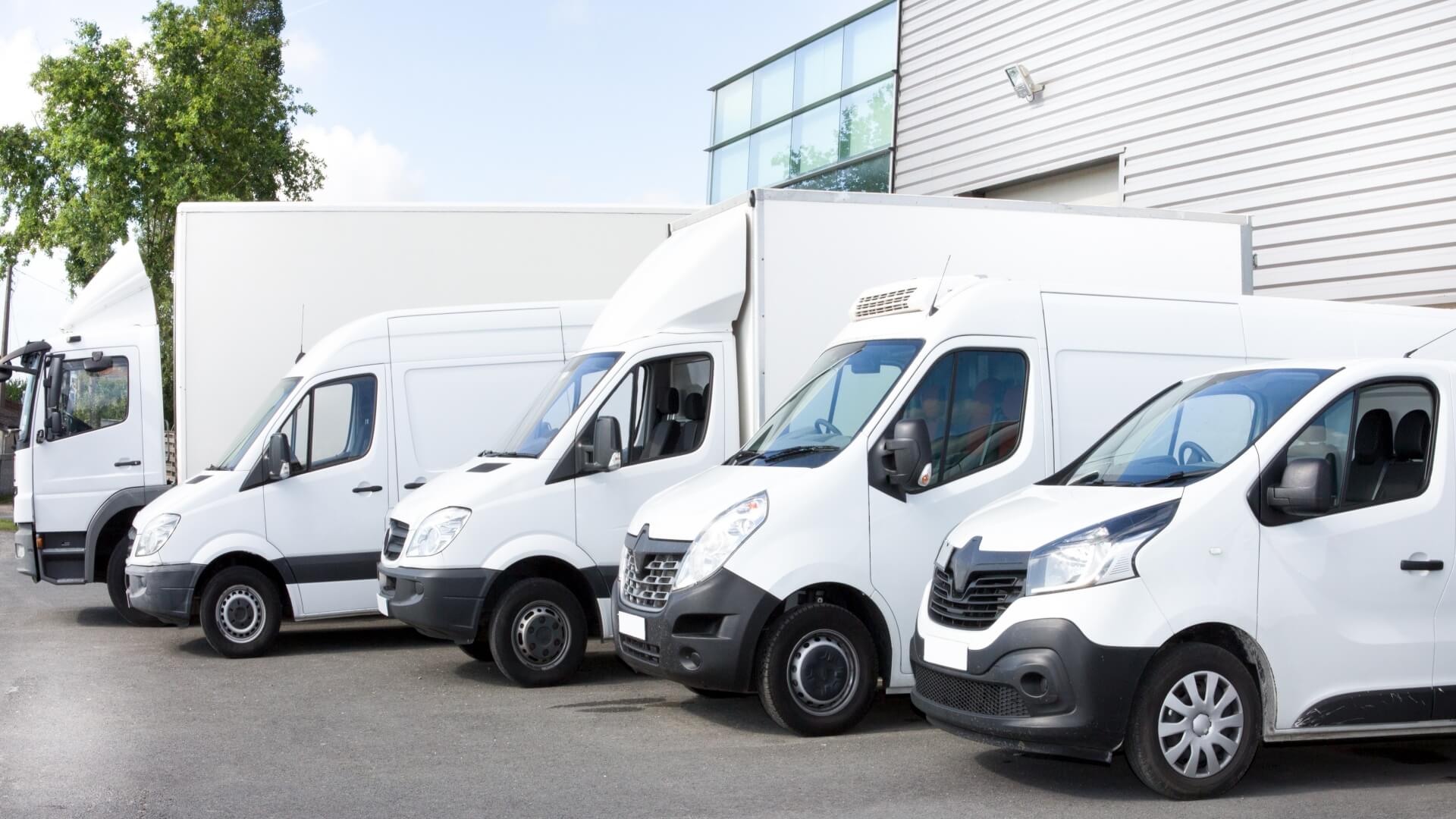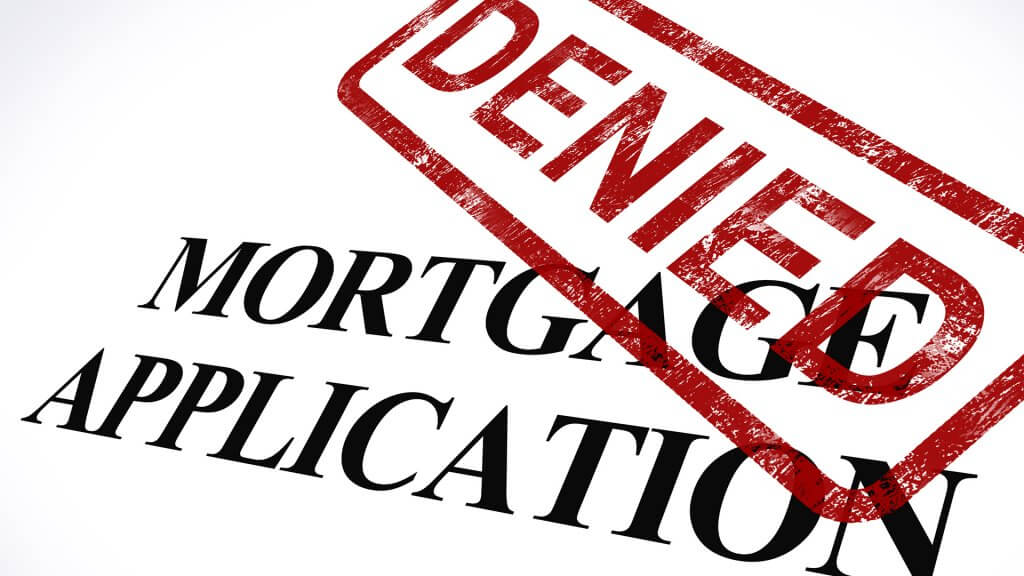Those who own and operate companies the use vehicles must decide on a reliable way to evaluate trucks, automobiles, vans, buses, and other products before buying them. Some organisations spend most of their money on a single expense category: new vehicles. Whether those new items are 18-wheelers or tiny forklifts, it’s imperative to do extensive research and price comparisons first.
Not only does price play a role in the decision-making process, but so do safety and reliability. With few exceptions, the same level of due diligence is required, no matter whether the product is a fleet of small passenger cars, delivery trucks, cargo vans, or anything else. Consider the following categories to see how owners of various kinds of companies shop for what they need.
Fleet Trucks
Fleet managers have to make dozens of important decisions every day to keep deliveries on time and drivers safe. That means identifying and purchasing the best makes and models for their businesses is a highly crucial job. In general, it can take many hours of exhaustive research just to narrow the choices down to a few trucks that meet the minimum requirements. Supervisors and owners are keenly aware that the process of buying new trucks has a profound impact on not only profits but also overall productivity. Performance is the central area of concern, which is the reason so many transport firms do extensive test-driving before making final purchases.
Company Cars
For company cars used for carrying passengers, making sales calls, or delivering small goods, owners need to consider fuel efficiency, total price, potential years of service, reliability, ongoing maintenance expenses, and more. Depending on the use and needs of the organisation, some owners will opt for EVs (electric vehicles) or PHEVs (plug-in EVs) in order to minimize fuel usage. Fuel and maintenance are the two greatest ongoing operating expenses associated with automobiles.
Small Vans & Buses
Management teams use the same decision-making processes for buying buses and small vans. However, there is a difference in the general evaluation technique because so many of these assets are leased instead of directly purchased. Leasing is most common for smaller businesses that can’t afford to make outright purchases of large numbers of buses and vans. For entities that don’t want to use leases exclusively, there are options like lease-to-buy that make it easier for organisations with limited funds to get the assets they need to earn a profit.
On-Site Equipment
There’s another category of vehicles that many organisations use, namely things like forklifts, golf cart type conveyances, and e-bikes. However, depending on the kind of company, the expense for these miscellaneous kinds of moving devices can be quite substantial. How do owners decide how to purchase the most reliable and fairly-priced items in this category? When it comes to forklifts and other units used on a typical factory floor, it makes good sense to take advantage of trials. Many manufacturers of lifts, carts, and other assorted small vehicles allow commercial buyers up to a full month to try out the units. Alternatively, some businesses prefer to lease all their in-house forklifts and electric carts.
 s
s



















